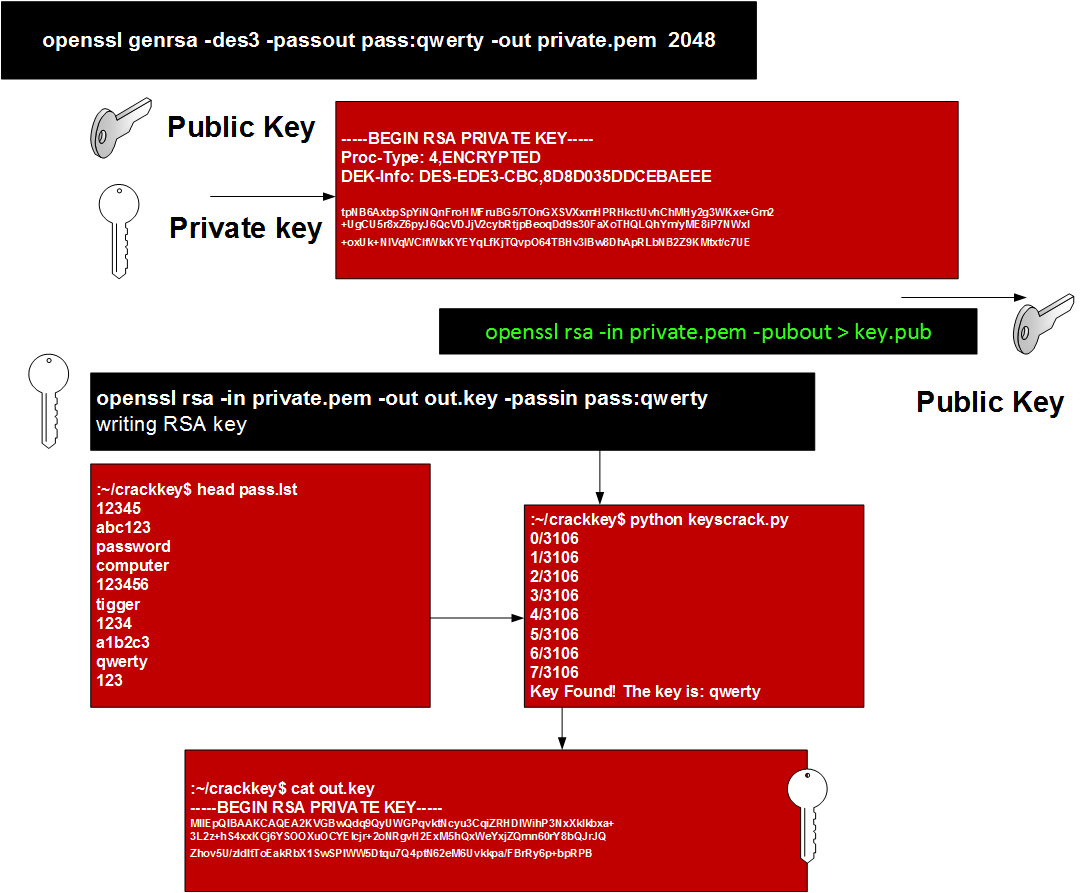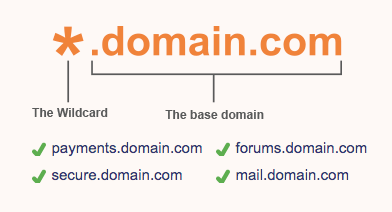- Python Use Openssl To Generate Keys List
- Python Use Openssl To Generate Keys List
- Python Use Openssl To Generate Keys Download
- Python Use Openssl To Generate Keys In Word
- Python Use Openssl To Generate Keys Download
- Python Use Openssl To Generate Keys In Excel
Generating keys using OpenSSL There are two ways of getting private keys into a YubiKey: You can either generate the keys directly on the YubiKey, or generate them outside of the device, and then importing them into the YubiKey. Decrypting Python RSA Using Generated OpenSSL Keys Does anyone know the simplest way to import an OpenSSL RSA private/public key (using a passphrase) with a Python library and use it to decrypt a message.
- Related Questions & Answers
- Selected Reading
OpenSSL is a CLI (Command Line Tool) which can be used to secure the server to generate public key infrastructure (PKI) and HTTPS. This article helps you as a quick reference to understand OpenSSL commands which are very useful in common, and for everyday scenarios especially for system administrators.
Certificate Signing Requests (CSRs)
Oct 21, 2017 OpenSSL is popular security library used by a lot of products, applications, vendors. OpenSSL provides libraries for the most of the programming languages. Python is popular programming language too. We can use OpenSSL library in Python applications. In this tutorial we will develop an example application that uses OpenSSL Python Library. Sep 12, 2014 This section covers OpenSSL commands that are specific to creating and verifying private keys. Create a Private Key. Use this command to create a password-protected, 2048-bit private key (domain.key): openssl genrsa -des3 -out domain.key 2048 Enter a password when prompted to complete the process. Verify a Private Key. Use this command to check that a private key (domain.key) is a valid key: openssl rsa -check -in domain.key. This module allows one to (re)generate OpenSSL private keys. One can generate RSA), DSA, ECC or EdDSA private keys. Keys are generated in PEM format. Please note that the module regenerates private keys if they don’t match the module’s options.
If we want to obtain SSL certificate from a certificate authority (CA), we must generate a certificate signing request (CSR). A CSR consists of mainly the public key of a key pair, and some additional information. Both these components are merged into the certificate whenever we are signing for the CSR.
While generating a CSR, the system will prompt for information regarding the certificate and this information is called as Distinguished Name (DN). The important field in the DN is the Common Name (CN) which should be the FQND (Fully Qualified Domain Name) of the server or the host where we intend to use the certificate with.
The next item in a DN is to provide the additional information about our business or organization. If we purchase an SSL certificate from a certificate authority (CA), it is very important and required that these additional fields like “Organization” should reflect your organization for details.
Here is a general example for the CSR information prompt, when we run the OpenSSL command to generate the CSR.
We can also provide the information by non-interactive answers for the CSR information generation, we can do this by adding the –subj option to any OpenSSL commands that we try to generate or run.
Below is an example for the –subj option where we can provide the information of the organization where we want to use this CSR.
Generating CSRs
In this section, we will cover about OpenSSL commands which are related to generating the CSR. This CSR can be used to request an SSL certificate from a certificate authority.
Generate a Private Key and a CSR
If we want to use HTTPS (HTTP over TLS) to secure the Apache or Nginx web servers (using a Certificate Authority (CA) to issue the SSL certificate). Also, the ‘.CSR’ which we will be generating has to be sent to a CA for requesting the certificate for obtaining CA-signed SSL.
Below is the command to create a 2048-bit private key for ‘domain.key’ and a CSR ‘domain.csr’ from the scratch.
The ‘–newkey rsa:2048’ is the option which we are specifying that the key should be 2048-bit using the RSA algorithm. The ’ –nodes’ option is to specifying that the private key should not be encrypted with a pass phrase. The ‘-new’ option, indicates that a CSR is being generated.
Generate a CSR from an Existing Private Key
Here we will learn about, how to generate a CSR for which you have the private key.
Below is the command to create a new .csr file based on the private key which we already have.
Generate a CSR from an Existing Certificate and Private key
Here we can generate or renew an existing certificate where we miss the CSR file due to some reason. Here, the CSR will extract the information using the .CRT file which we have.
Below is the example for generating –
Where -x509toreq is specified that we are using the x509 certificate files to make a CSR.
Generating a Self-Singed Certificates
Here we will generate the Certificate to secure the web server where we use the self-signed certificate to use for development and testing purpose.
Here, we generate self-signed certificate using –x509 option, we can generate certificates with a validity of 365 days using –days 365 and a temporary .CSR files are generated using the above information.
Viewing the Certificates Files
Please note that, CSR files are encoded with .PEM format (which is not readable by the humans). This is required to view a certificate. In this section, we can cover the OpenSSL commands which are encoded with .PEM files.
Viewing CSR Files Entires
Python Use Openssl To Generate Keys List
The below command will be used to view the contents of the .CRT files Ex (domain.crt) in the plain text format.
Python Use Openssl To Generate Keys List
Working with Private Keys
In this section, will see how to use OpenSSL commands that are specific to creating and verifying the private keys.
Python Use Openssl To Generate Keys Download
Create a Private Key

Python Use Openssl To Generate Keys In Word
Below is the command to create a password-protected and, 2048-bit encrypted private key file (ex. domain.key) –
Enter a password when prompted to complete the process.
Just validate the number and use it based on your purpose.Credit Card Generator With Security Code CVVCredit card generator has its own validator. Key generator how does it work fast.

Verify a Private Key
Below is the command to check that a private key which we have generated (ex: domain.key) is a valid key or not
Python Use Openssl To Generate Keys Download
If the private key is encrypted, you will be prompted to enter the pass phrase. Upon the successful entry, the unencrypted key will be the output on the terminal.
Python Use Openssl To Generate Keys In Excel
In this article, we have learnt some commands and usage of OpenSSL commands which deals with SSL certificates where the OpenSSL has lots of features. We will learn more features and usage in the future. I hope this article will help us to understand some basic features of the OpenSSL.